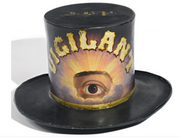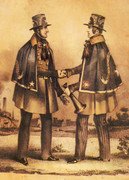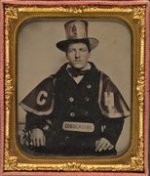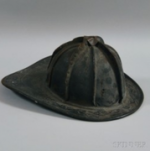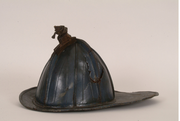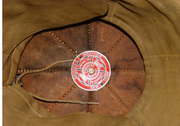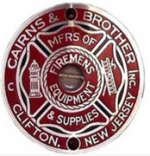- Joined
- Aug 29, 2008
- Messages
- 2,487
The second photo in reply 124 looks as if were taken at the Mill Basin (Brooklyn) oil tank farm fire back in 1962. Any other thoughts on it?
Good possibility.memory master said:The second photo in reply 124 looks as if were taken at the Mill Basin (Brooklyn) oil tank farm fire back in 1962. Any other thoughts on it?
"Largest career FD in Westchester County" .....maybe not the largest front (widthwise) but probably the highest Front.JohnnyGage said:
Calling the pension unit.JohnnyGage said:
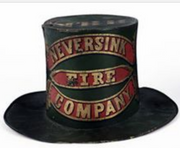
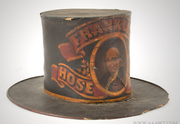

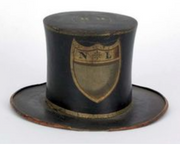
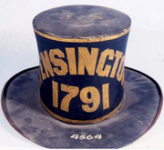
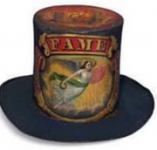
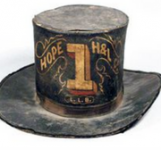
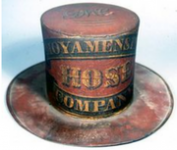
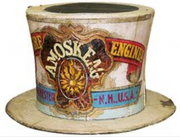
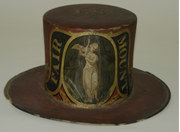
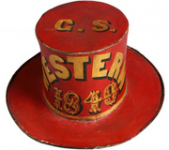
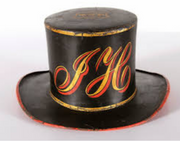
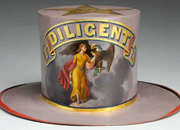
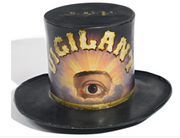
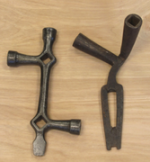
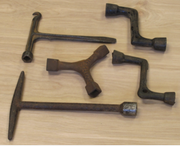
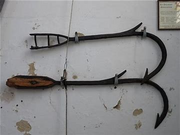
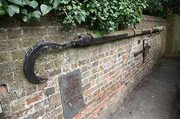
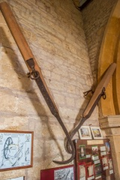
JohnnyGage said:Pre Vintage fire helmets
?Stovepipe? hat was developed before the fire helmet just after the Revolutionary War. Back then, firefighters did not usually enter buildings on fire and so a helmet was unnecessary. The stove pipe fire hat was designed and hand painted to identify members from particular fire companies at fire scenes. Made of pressed felt the hats were used in Washington, Baltimore and Philadelphia.
Back then, firemen did not enter burning buildings, what was important was to pump water to the fire and remove valuables from a homeowners home before they were destroyed. Of all the valuables, the bed was the most important and had to be disassembled using a ?bed key? that all firefighters carried with themselves. The bed would be disassembled and carried out from harm's way.
